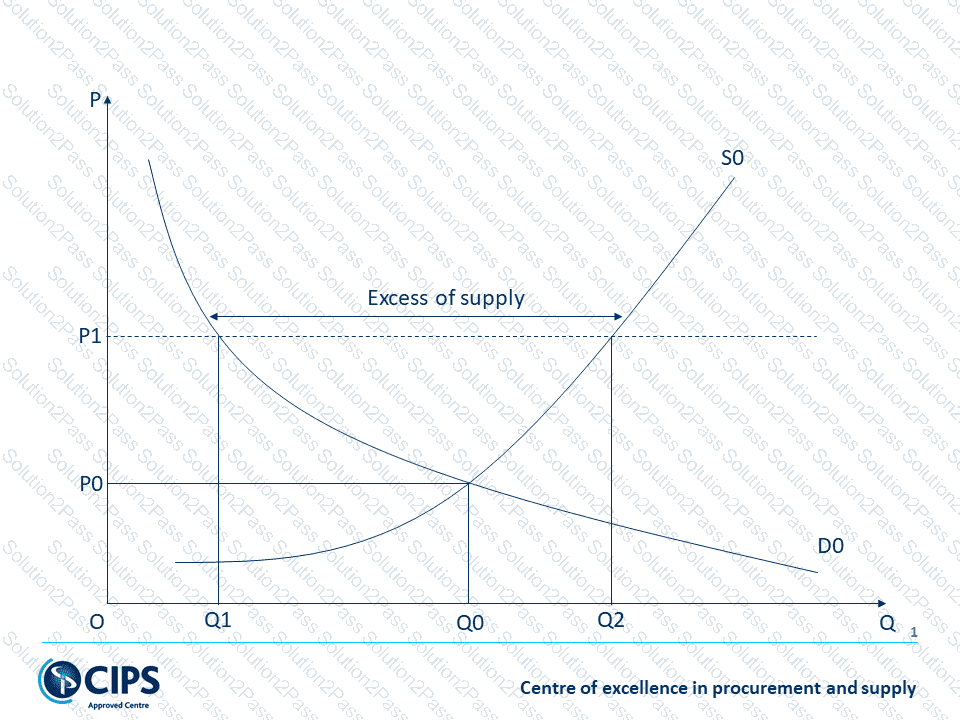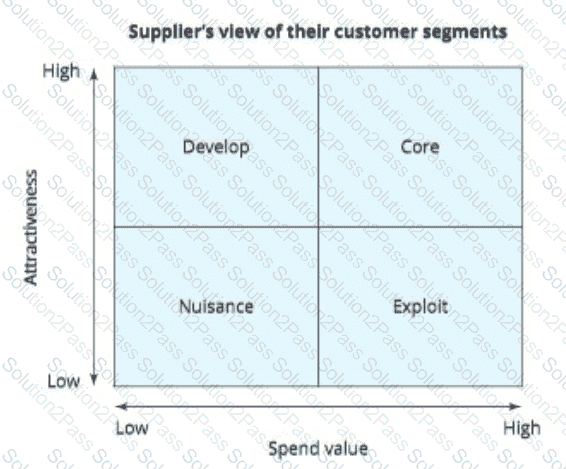L4M5 CIPS Commercial Negotiation Free Practice Exam Questions (2025 Updated)
Prepare effectively for your CIPS L4M5 Commercial Negotiation certification with our extensive collection of free, high-quality practice questions. Each question is designed to mirror the actual exam format and objectives, complete with comprehensive answers and detailed explanations. Our materials are regularly updated for 2025, ensuring you have the most current resources to build confidence and succeed on your first attempt.
Maria fears her proposed pricing may be rejected by the supplier. To mitigate this risk, she is preparing a BATNA. Is this the correct approach?
A procurement professional is dissatisfied with how a recent negotiation was concluded. What could they do to improve their negotiation approach?
Seek feedback from the supplier on their recent performance
Prepare for all negotiations with a WIN/LOSE (distributive) approach
Involve lots of people in future negotiations
Undertake reflective practice after each negotiation
A buyer has lost trust in a supplier but wishes to repair the relationship. What is the appropriate first step?
Which of the following roles would support negotiations with an external supplier when planning a negotiation for a low-value, routine purchase? Select TWO that apply.
Freefields Housing Authority (FHA) is a housing provider that has outsourced a range of management services using fixed-price long-term contracts. FHA’s regular supplier credit reviews have identified that some key outsourced service suppliers are at risk of insolvency due to high inflation rates observed in the macroeconomic climate. Which of the following actions would enable FHA to reduce this risk for the lifetime of the affected contracts?
What letter R in the acronym SMART stands for?
Which of the following are characteristics of the pull approach?
Aimed at securing compliance, often against resistance
Influencers are fully aware of the process, which is overt
Persuasion or interpersonal influence
Can secure commitment if influencers accept the viewpoint as fitting their goals
If the price of a good is above the equilibrium price, which of the following will happen?
Which of the following tactics would be appropriate in an integrative negotiation?
JCB is a large manufacturer of heavy machinery. The CPO is going to a negotiation with a Chinese supplier about procuring some major components. He is wondering about balance of power in the negotiation. Which of the following micro factors are most likely to shift the balance of power towards the buying organisation in this commercial negotiation? Select TWO that apply
Which of the following is the true statement?
Absorption costing is when the total cost per each unit of output:
Which of the following is most likely a consequence of falling interest rate?
A skilled negotiator will use a range of questioning techniques. If they wish to explore options with the other party without making any formal commitment, which style would they use?
A procurement expert has been asked to ensure they consider emotional intelligence in their negotiation strategy. They have agreed to this and have started planning their approach. Which of the following describes emotional intelligence?
Which of the following are most likely to be direct costs of a steel manufacturer? Select THREE that apply.
Which of the following are examples of variable costs?
An oil refinery plant imports much of its crude oil from overseas. A procurement manager in the refinery suggests that fixing the crude oil contract price for 36 months would be beneficial for the company. Would this be a right thing to do?
The trust is built based on the other party's professional qualifications or proven or certified technical capability or experience is known as...?
A senior buyer analyses the supply market and he realises that his organisation is treated as Exploit according to supplier's perspective model. What does he need to do?

 Chart, line chart Description automatically generated
Chart, line chart Description automatically generated Chart, table Description automatically generated
Chart, table Description automatically generated